Who doesn’t want to go the extra mile without stopping to fill up? Uprating your truck’s fuel tank can mean fewer pit stops at the pump. But before you start tinkering around under the chassis or bed, there are some key things to keep in mind.
Assessing Your Existing Tank
Before modifying your fuel tank, thoroughly inspect its current condition. Check for corrosion, leaks, or other degradation that could be hazardous or complicate modifications. Determine the tank’s size, material, and how it connects to fuel lines and the filler neck. This will inform compatibility with new components.
Enlarging the Factory Tank
One uprating option is to enlarge the original fuel tank. This may involve adding new sections welded to the tank or inserting an interior baffle to reduce sloshing. Professional installation is critical as tanks must be securely sealed. Consider whether tank enlargement will leave sufficient clearance in the truck bed or conflict with other components.
Adding Auxiliary Tanks
For additional capacity, auxiliary fuel tanks are installed separately from the factory tank. Steel and aluminium are common materials. Determine optimal positioning, e.g. behind the cab or under the bed. Auxiliary tank systems include fuel transfer pumps to move fuel to the engine as needed. Consider protected mounting locations to prevent damage.
Replacing with Larger Aftermarket Tanks
Aftermarket companies offer direct replacement tanks with larger capacities. Carefully measure for proper fitment and required tank connections. Larger tanks may exceed weight restrictions when complete, reducing cargo capacity. Tank choice also impacts refuelling speed and fuel pump access.
Compatibility Factors
Ensure all fuel tank accessories are made of compatible materials and have matching connection fittings. Fuel line routings must provide a secure pathway while avoiding hot exhaust components or moving parts.
Testing and Certification
All tanks must undergo leak checks using pressurised air during installation. In the UK, larger tanks might require that official certification standards be met.
Improper tank modifications can be highly hazardous – only use experienced professionals. Confirm any warranty coverage for new parts.
New or Used?
Purchasing a brand-new tank, whether OEM or aftermarket, gives you optimal condition. Tanks come protected with factory coatings and are less prone to corrosion issues. And new build quality with precise manufacturing standards typically means better sealing and longevity. Of course, you’ll pay more compared to picking up an old used tank.
Going with a used tank can provide significant cost savings, making upgraded capacity more affordable. Check carefully for signs of internal corrosion and examine all seams and fittings thoroughly – external blemishes aren’t usually an issue.
Summing Up
While uprating a truck’s fuel tank can optimise driving range, carefully evaluate options to find the best choice for your vehicle’s safe operation. Proper procedures are critical during modification and testing. Investing in professional installation helps ensure you meet legal requirements and avoid problems down the road.






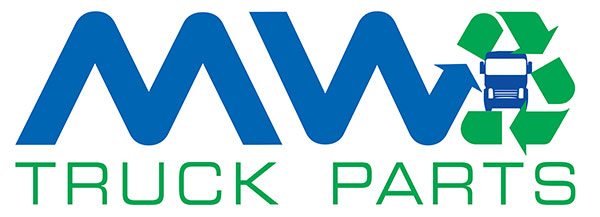
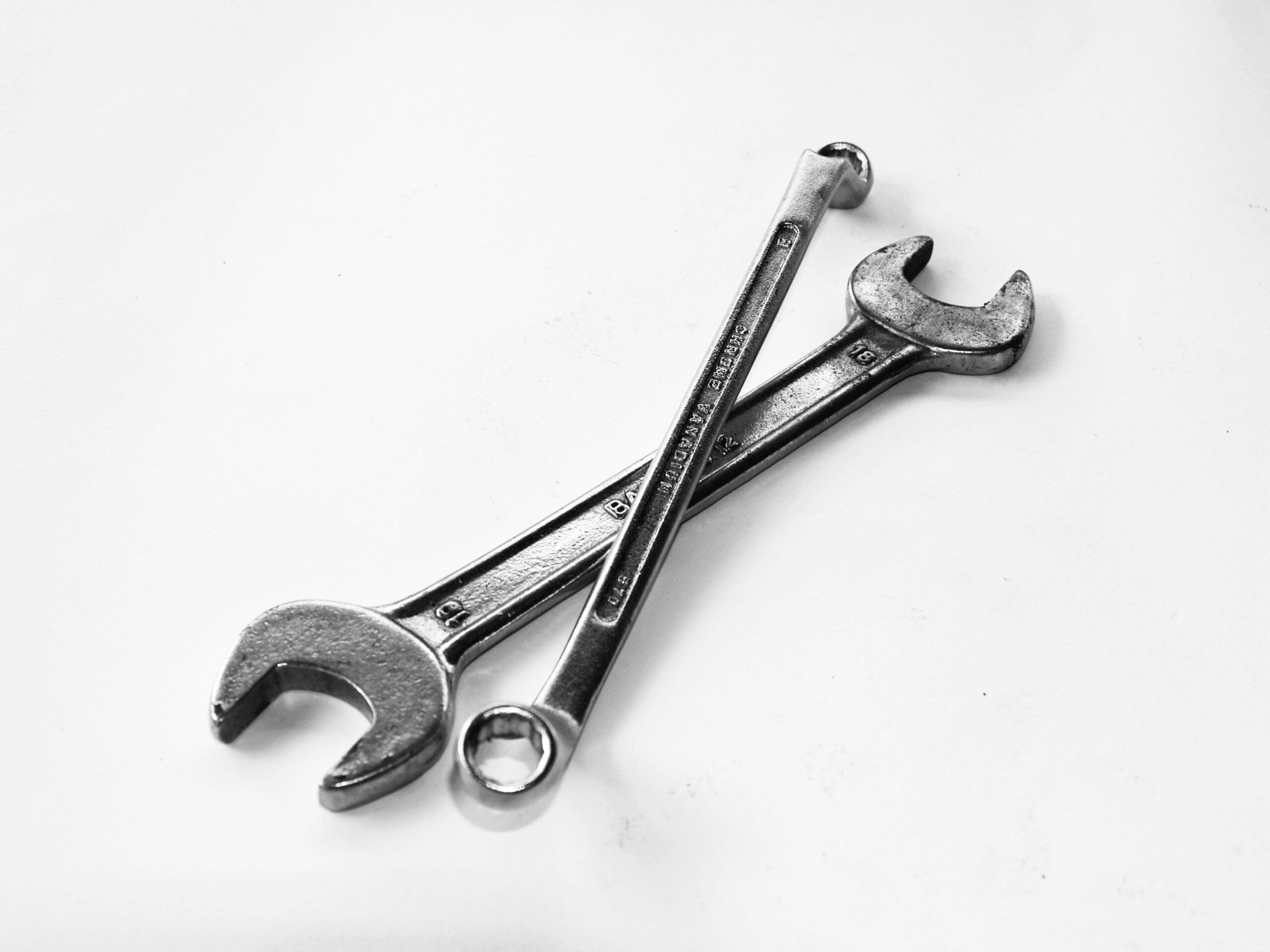





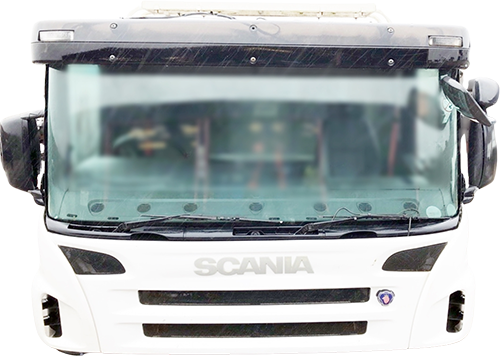
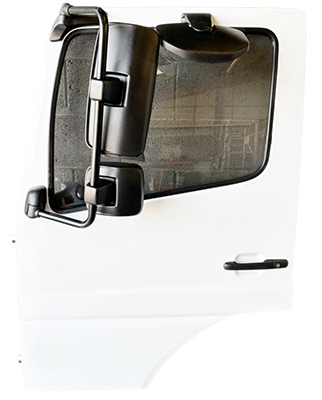
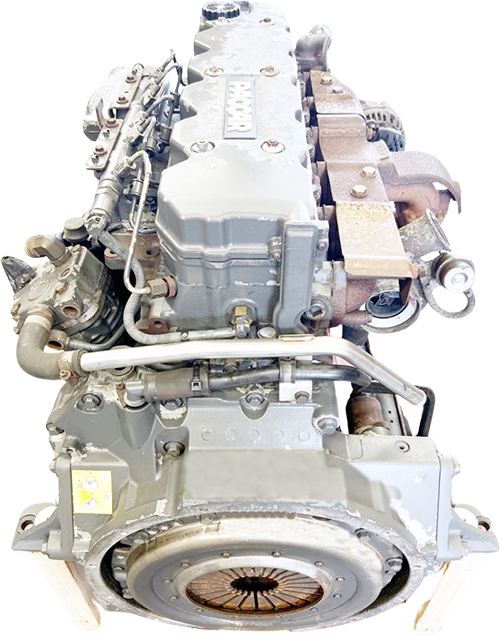
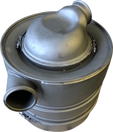
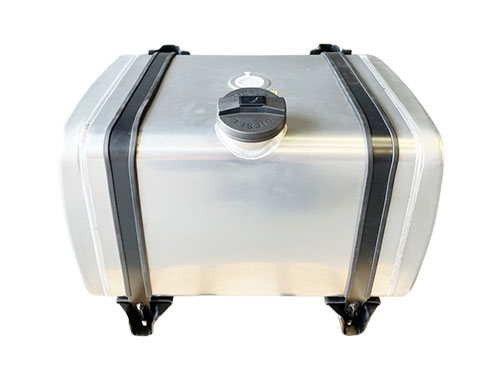
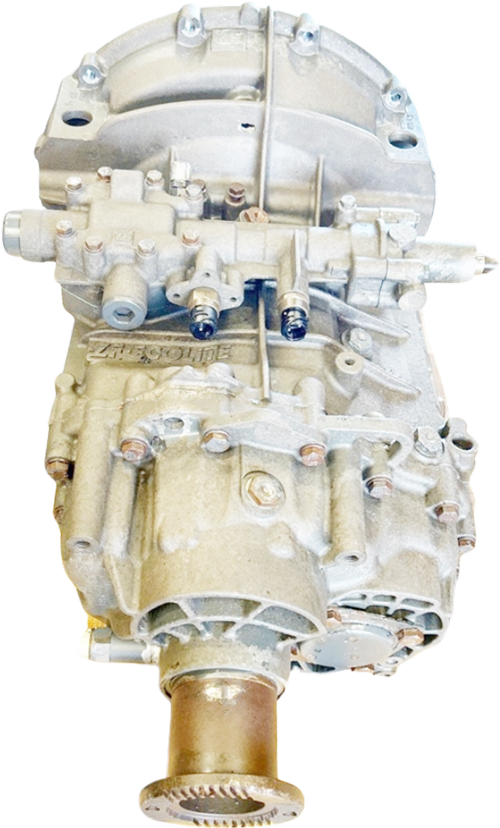

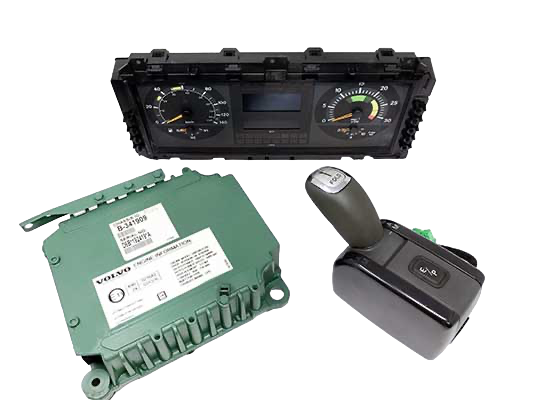
Excellent post! We are linking to this great
article on our site. Keep up the great writing.
I think this is among the most significant information for
me. And i’m glad reading your article. But wanna remark on some general things, The site style is
wonderful, the articles is really great : D. Good job, cheers
I was suggested this blog by my cousin. I am not sure
whether this post is written by him as nobody else know such detailed about my trouble.
You are amazing! Thanks!
I constantly spent my half an hour to read this blog’s posts all the time along
with a cup of coffee.
What’s Happening i’m new to this, I stumbled upon this I’ve discovered It absolutely
helpful and it has helped me out loads. I hope to contribute &
help other customers like its helped me. Good job.